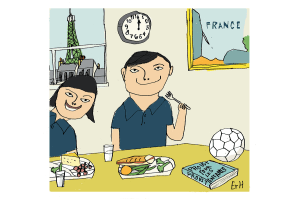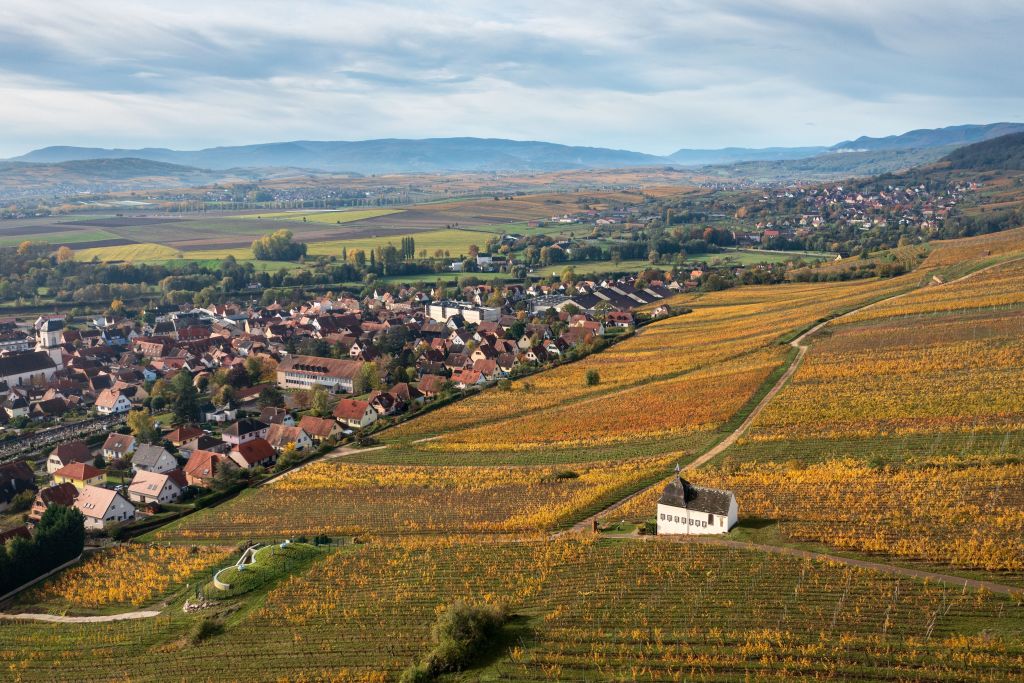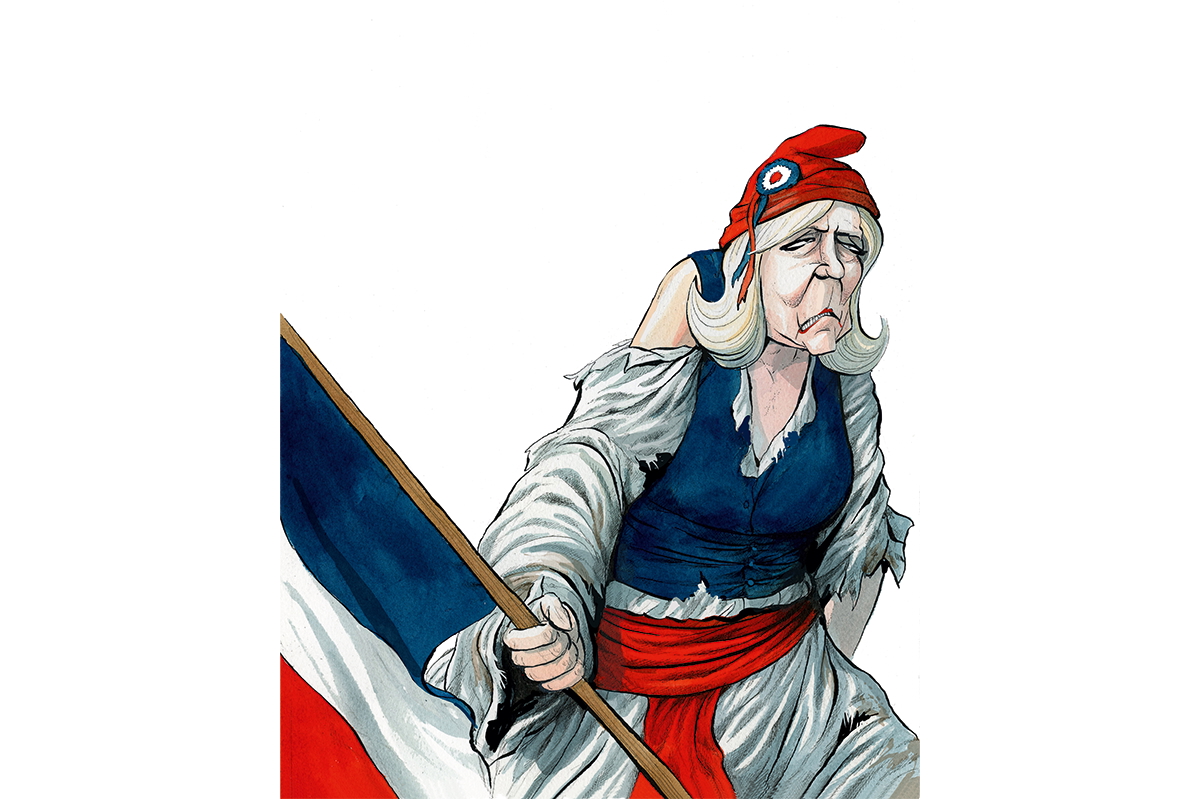This book is about two people who reinvented themselves in 1920s Paris. Mark Braude focuses on Kiki de Montparnasse and Man Ray, the decade of their creative collaboration and the cafés and nightclubs of Montparnasse, immersing the reader in a world where everyone was pushing their creativity in unimaginable directions.
Emmanuel Radnitzky, the Jewish tailor’s son from Brooklyn who turned himself into Man Ray, the painter and photographer, saw himself as the equal of Picasso, Duchamp, Picabia, Léger and the other artists who were being talked and written about with such excitement. Yet people found him more interesting as an innovative photographer than a painter, and while photography was definitely an art, it was not Art.
Alice Prin was an illegitimate waif who’d been scraping a living in Paris since the age of thirteen. She never saw herself as an artist. She sang because songs gathered in her head, and painted for pleasure. She came from Burgundy, but in her life and her voice she was Kiki, the very essence of bohemian Paris.
In 1901 when she was born the artistic quarter was still Montmartre, made famous by Degas, Matisse, Renoir and Toulouse-Lautrec. But when the area began to attract tourists and the slick commerce that follows them, prices went up and the atmosphere changed. The real artists began to drift south to Montparnasse, following Picasso, who moved there for a few years in 1912.
In her late teens, grubby and often homeless, Alice began haunting the Café Rotonde on the corner of the Boulevard Raspail and the Boulevard du Montparnasse. The patron let her wash there, and sometimes she drew portraits of the customers for the price of a coffee. At first she was kept out of the back room, where the artists gathered; but her persistence paid off, and soon she was modeling for Modigliani, Kisling and her lover Mendjisky, who called her Kiki. Cafés such as the Rotonde and later the Dôme were the hubs of her world — where she came to meet friends, find work, get drunk and laugh at those who argued interminably over Cubism, Dadaism and Surrealism.
Kiki began posing for Man Ray in the winter of 1921, nervous at first because photography was so factual. He reassured her: “I make shadows, I make light. I can create anything with my camera.” Yet she was part of the creative process too. An image such as “Noire et Blanche,” where she rests her head beside an African mask, could not have emerged but for her. In 1937 she wrote: “In the end… I was the one who gave him his genius.”
They became lovers and she adored him, but he brushed off her “sentimentality” — his own work was all-consuming. He was in great demand for fashion shoots, portraits and experimental movies for rich collectors, yet resented time wasted on projects that didn’t engage critical attention or enhance his reputation.
Kiki was at a loose end when, in 1925, an American, Hilaire Hiler, opened a nightclub called The Jockey. It soon became the hottest place in Montparnasse, drawing a motley crowd from all over Paris as well as the smart set who enjoyed slumming it. “I don’t know anywhere,” she wrote in her memoirs, “where you could have so much fun and be completely yourself.” A pianist played jazz and ragtime into the small hours, amid wild dancing and hard drinking. In the early days, anyone could take over the piano or sing a song. For a drunken lark one night Kiki took a turn, with the old ballads and ribald songs she had picked up in bars — the dirtier the better. The audience found her funny and beguiling, and soon they were banging on the tables for more. Her voice wasn’t much, but she knew how to use it and her friend, the poet Robert Denos, wrote songs and coached her. Before long, she was being hailed as the authentic, warm, gritty voice of Montparnasse.
Braude tries hard to be even-handed, but Kiki is a far more engaging character than the difficult Man Ray, who begrudged her her celebrity. They split up in 1929, the year he met his next muse, Lee Miller. Kiki wrote her memoirs, the English edition being graced with an introduction by Ernest Hemingway. Considering what a star she was, it seems strange that no one thought of recording her at The Jockey, at the height of her fame. Perhaps this is why Braude opens his book with a vivid evocation of Kiki the performer: the songs she sang, how she moved, how the audience responded to her voice. “Kiki can always find the sunken wreck beneath a song’s placid surface,” he writes.I hope he gets a French edition. That will sound even better in French.
This article was originally published in The Spectator’s UK magazine. Subscribe to the World edition here.

























